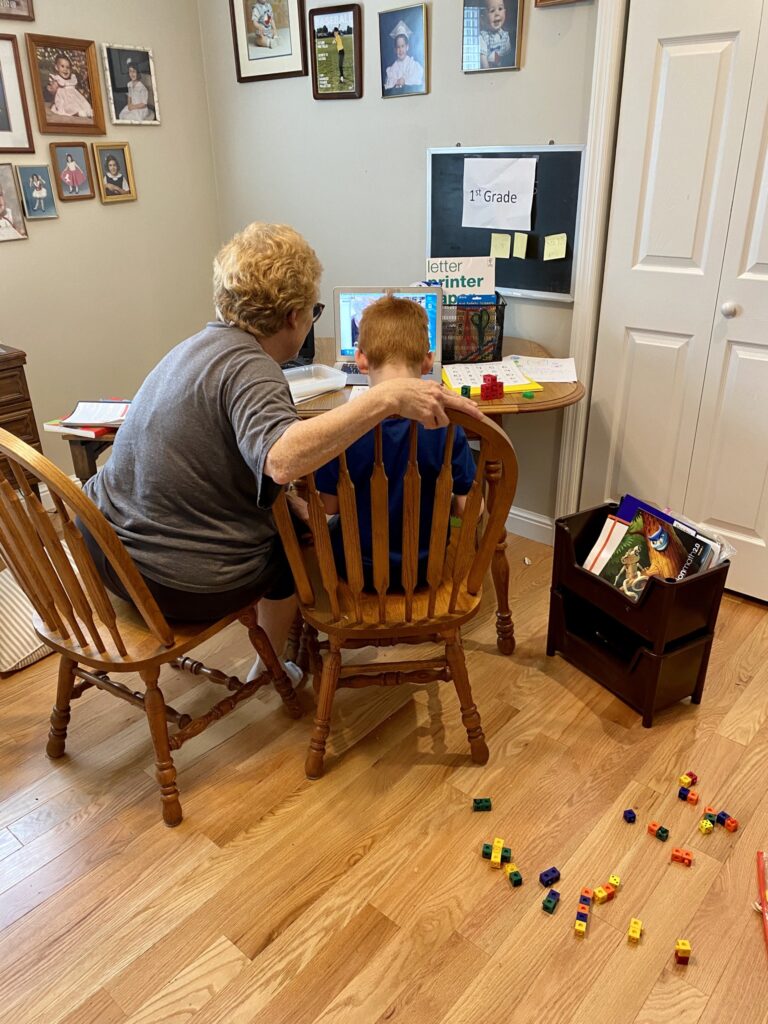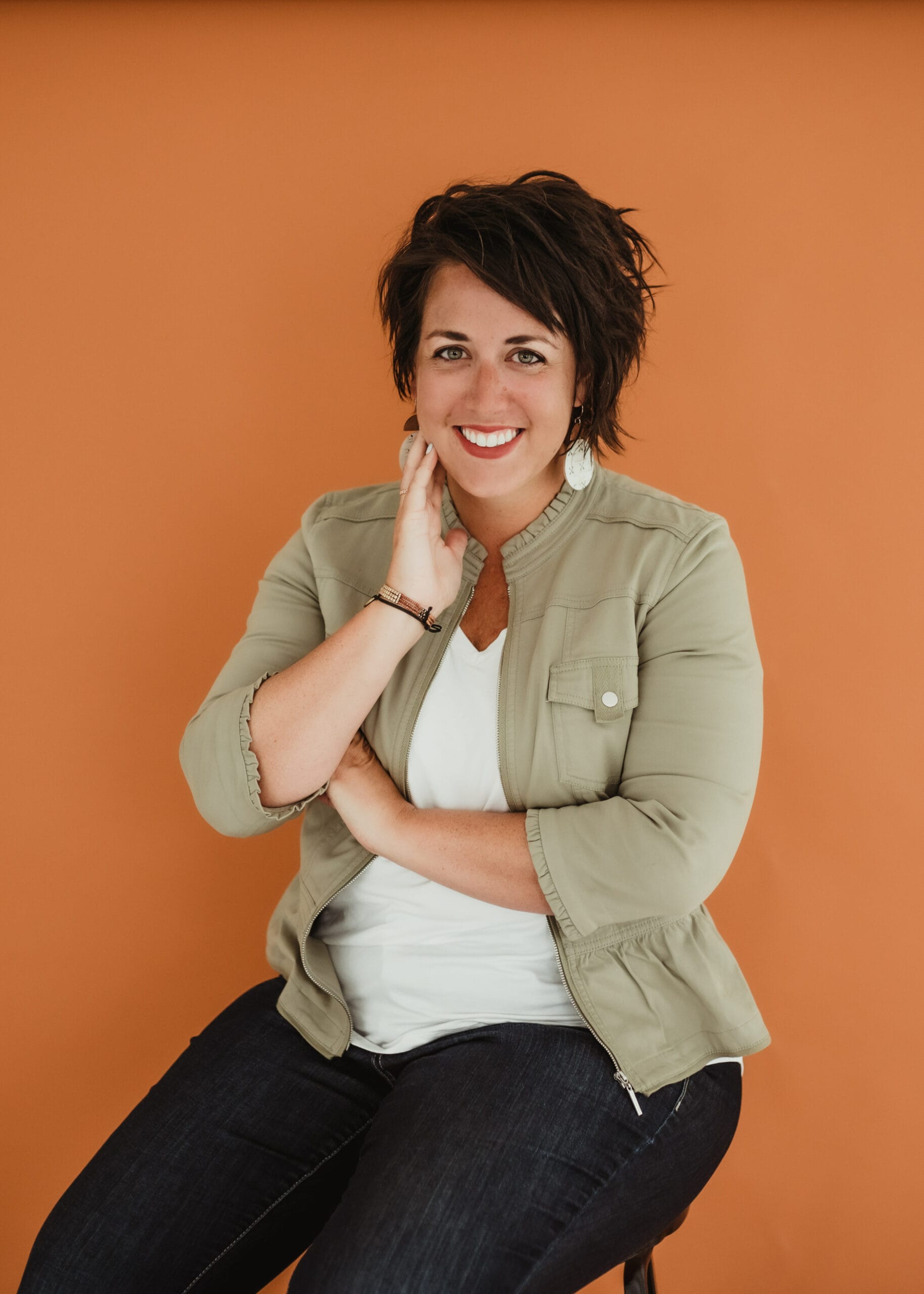What happens when half of the students in the U.S. have to learn from home for at least an entire semester, while parents continue to work? We still don’t know. Parents are scrambling to figure out what to do with their children, some as young as five years old and in their first year of formal education, as they try to balance their own careers with supervising virtual learning.
The results mean disproportionately impacted families in lower socioeconomic brackets, with fewer support systems, and less flexibility when it comes to changing work plans or working remotely to supervise children. Add to the mix that some parents remain terrified to send their children back to daycare, and that daycares often have limited spots to encourage social distancing, and the issue compounds.
Parents are left with literally no options, aside from leaving their children alone to supervise their own education for seven hours per day, or quitting their jobs. Luckily, education advocates, as well as school districts, co-ops, and parents around the country, have been rushing to create alternative and out-of the box solutions.
Supervised virtual learning spaces
As soon as educators and parents around the country realized the pandemic wasn’t even close to ending as school restarted this fall, large centers from daycares to gymnasiums began a massive pivot to serve families. Once daycares filled with young students transformed into virtual learning centers with cubicles, mimicking many adult office spaces, where virtual learners could sit at their computer in a socially distanced, supervised atmosphere.
One such daycare center in Maryland compares the daycare-gone-learning-center’s role to being a goalie. The teachers are virtually educating the students, but the workers at the center are there to redirect them back to learning and keep them on task. WBAL TV reported that the center’s employees think everything is going smoothly aside from the typical tech and password issues.
Education experts, such as Karen Aronian, a Columbia University education fellow, speaker, and columnist, says “some innovative solutions are underway.” She points to an example in Yorktown, NY where a retired school has been repurposed as a site for parents to bring children to do remote learning in a safe, Wifi-enabled locale with teachers who can troubleshoot. “It’s not school per-se, however, it could be considered childcare with bonuses.” Other places around the country are working to repurpose other spaces to meet school and health safety protocol regulations in community spaces.
Enlisting help from a family member or neighbor
While it’s tough to ask for help from friends and family, sometimes it’s the most effective way to help a virtual learner whose parents are working all day (and often more economical than hiring help). Grandparents, neighbors, aunts and uncles, and other relatives across the country are stepping in to help struggling working parents who need supervision for their online learners at home.
One such family gained national attention recently when Instagram mom and influencer Leslie Stallone-Levitan @nochillpreschooler gained over 50,000 likes for a photo of her mother, Candace, coaching her son through a Zoom session for school. The post reads “My mom volunteered to supervise my son’s remote learning 2x/week so I can take a part-time job. Even though she doesn’t ‘know how to do any of this shit,’ she still shows up, ready to work. Shout out to all the grandparents who are stepping up and learning Zoom like the badassess they are.” She says enlisting a family member has the side benefit of getting to grow closer to family and to see the “real beauty” of them working side by side. Even though Candace isn’t retired from her position at the family business, she’s making time to work with her grandson too.
Participating in a co-op or learning pod
“A San Francisco-based, Pandemic Pods Facebook group, attracted 40,000 parents and 66 local chapters have sprung up and continue to seed “pandemic pods” throughout the U.S.,” Aronian explained, saying the benefits range from socialization and one-on-one time to stress relief for working parents, and it’s not just for the wealthy as once thought. “Some bubble learning options have been labeled as “sites of inequalities”; however, community services, nonprofits, and some schools are creating pod-like formations, known as “learning labs” and “hubs” for all students that model the same approach.”
The divide-and-conquer strategy is working for some families who have decided to split up the work to educate children in small groups at home. These “learning pods” have taken on many names, from pandemic pods to micro-schools, but they all focus on a similar principle — learning at home with a few other families relieves parents to do their jobs most days, and gives kids the supervision they need. In a New York Times survey, readers reported that the main reason for forming the pods was safety from Coronavirus in smaller numbers, in addition to the fact that kids don’t have the attention span needed for online learning alone.
The co-ops can be formed independently or through an organization, and typically involve four or fewer families combining efforts and rotating supervision and assistance for all the kids who are learning virtually. One Cincinnati co-op, CareShare Cooperative, has best practices thoroughly explained to advise parents on areas of focus, and to help parents from neighborhoods around the city to combine forces. They recommend focusing on: “social and emotional development, physical well being, approaches towards learning, language and literacy development, and cognitive and general knowledge.”
Hiring a tutor or teacher for small group instruction
While learning pods and co-ops sound like the perfect option for some, the issue for working parents remains that they’d have to participate at least some days of the week to contribute a fair share of help. This is impossible for many full time working parents with less flexible schedules.
This is why full time working mom Brianna Tholey of Nolensville, Tenn., knew she’d need more help for her first-grader. The uncertainty of whether schools would open full time, having her young daughter wear a mask all day, the what-ifs of someone testing positive and having to help her full time at home, and the possibility of at any point having to switch suddenly to virtual learning made the decision clear. Tholey and former preschool parents her daughter had grown up with took matters into their own hands and transformed one of their basements into a learning pod or micro-school, complete with chairs and desks they jointly purchased at Costco, among many other supplies.
The children’s former preschool teacher was hired to teach the kids, and oversees their Zoom calls with the local public school as well as supplementing their learning for “specials” such as art, music and gym. “I know my child is getting better care on extracurriculars…as my husband and I are both working 8-5 and do not have the time to do these activities.” She’s also reassured that the instructor is able to take the children on mini field trips rather than being unable to leave a classroom, and she’s eliminated the frustration of her or her husband trying to assist her with learning during their own work hours.
While a tutor might seem unaffordable for some, by splitting the cost amongst multiple families, it’s more reasonable. Aronian also recommends looking into volunteer-based tutoring programs such as Teacher 2 Neighbor and Tutor.com.









